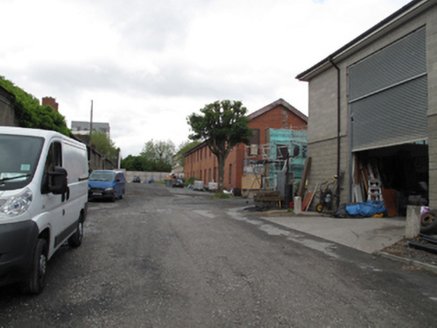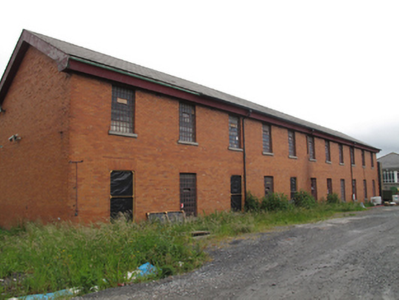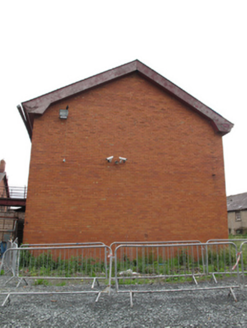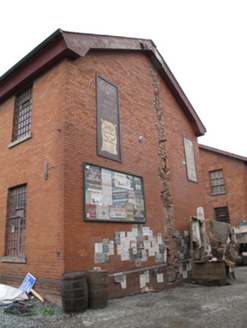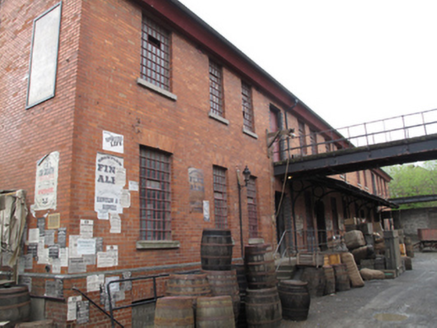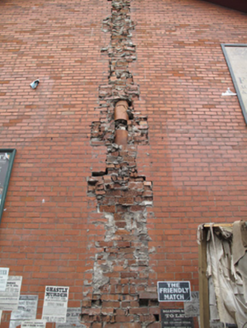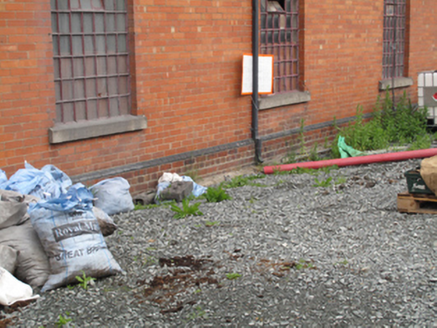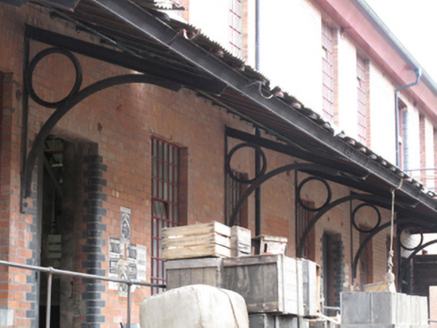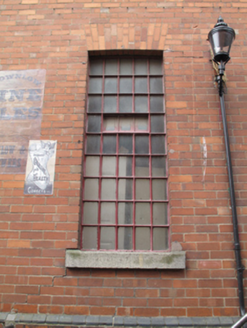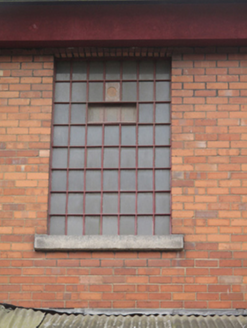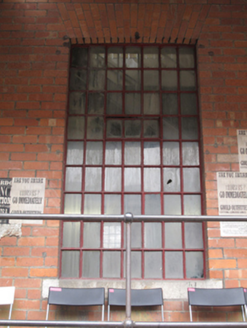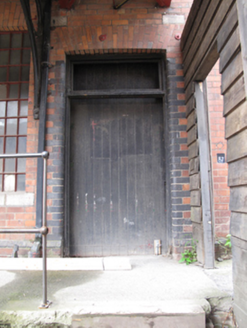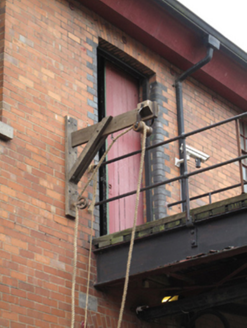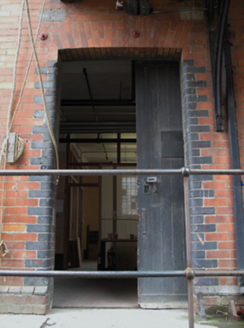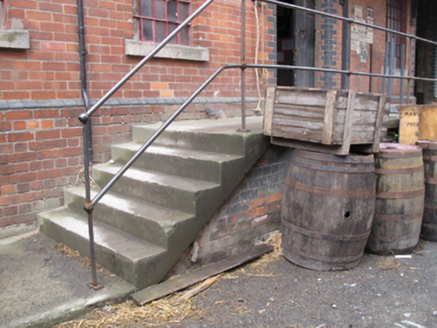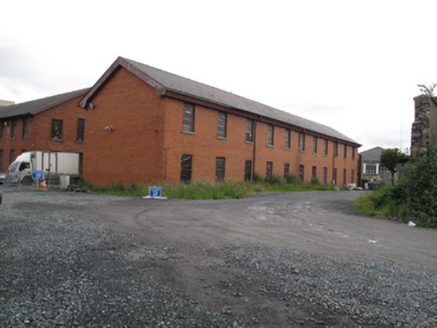Survey Data
Reg No
50080022
Rating
Regional
Categories of Special Interest
Architectural, Historical, Social
Previous Name
Clancy Barracks/Islandbridge Barracks
Original Use
Store/warehouse
In Use As
Workshop
Date
1905 - 1915
Coordinates
312775, 234127
Date Recorded
11/06/2013
Date Updated
--/--/--
Description
Detached eleven-bay two-storey over basement former clothing store, built c.1910, having corrugated-iron canopy to ground floor to rear (north) elevation. Now partially used as workshop and television film set. Pitched slate roof, timber bargeboards and eaves course, some cast-iron rainwater goods. Red brick, laid in stretcher bond, to walls, chimneybreast removed to east gable. Red brick plinth course with chamfered black brick coping. Square-headed window openings, red brick voussoirs, granite sills and steel-framed windows. Some openings blocked. Square-headed door openings to ground and first floor to rear, red brick voussoirs, black brick chamfered reveals and double-leaf timber battened doors. Steel pedestrian bridges, having timber platforms and cast-iron railings, connecting first floor doors to those to building to north. Raised platform to ground floor to rear with cast-iron railings, sloped canopy having cast-iron brackets and corrugated-iron roof over.
Appraisal
The artillery barracks at Islandbridge was built in 1798 and by the 1830s it could house 23 officers, 547 men and had stabling for 185 horses. This building was a later addition to the barracks and reflects the ongoing development and importance of the barracks following the addition of a cavalry barracks in the mid-nineteenth century. It was renamed Clancy Barracks following Independence in 1922. Constructed as a clothing depot, this building served an important practical function in the running of the barracks, and is testament to the ongoing development of the complex into the early years of the twentieth century. It retains much of its original form, fabric and character, the use of red brick providing a textural and visual contrast to the predominant use of calp limestone in the neighbouring buildings. Large steel-framed windows and a covered loading bay are reminiscent of late twentieth-century store buildings, and the connecting pathways to the building to the north create a functional association between this pair.
